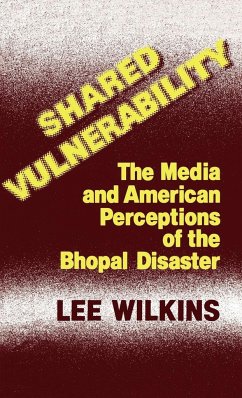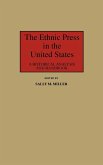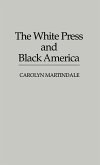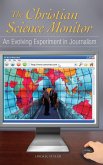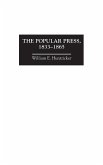This book chronicles the American media's coverage of the 1984 chemical spill in Bhopal, India, and its aftermath in the US. It explains how the press reported about Bhopal and examines journalism's subsequent influence on public perceptions about technological safety. . . . It is an excellent addition to university collections in science writing, journalism criticism, and mass media research and should be useful to undergraduates at all levels. Choice More than two years after the Bhopal disaster, fatalities and illnesses in this central Indian city continue to be reported by U.S. media. Litigation involving Union Carbide still makes the front page. In this new book, Professor Wilkins offers a unique case study of news accounts of the worst industrial accident in history, combining a detailed review of media coverage with an analysis of public reaction to those reports.

